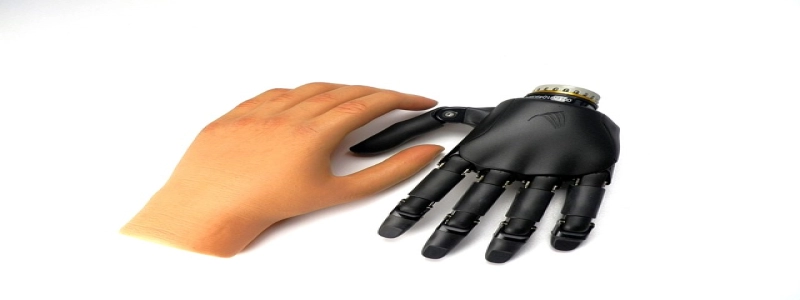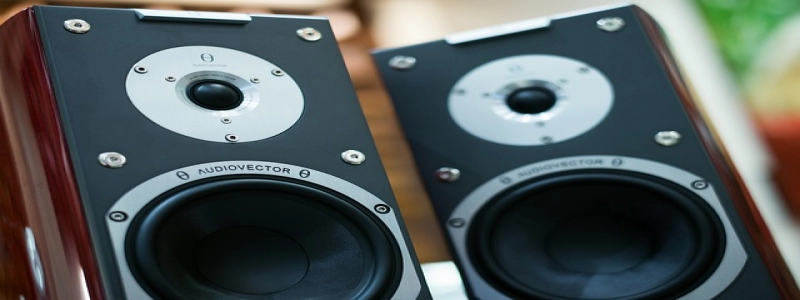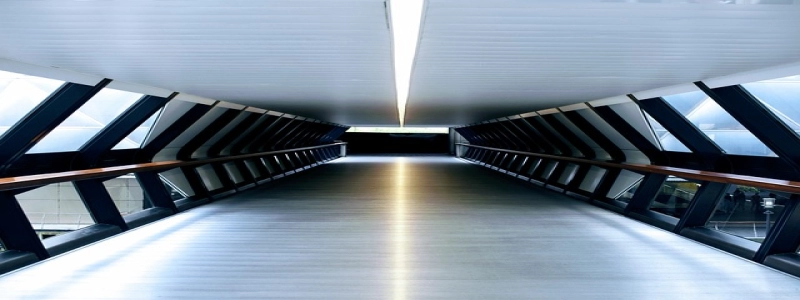Self Supporting Fiber Optic Cable
Introduction
In the world of telecommunications, fiber optic cables have become the backbone of information transmission. These cables use light to transmit data at incredible speeds and are revolutionizing the way we communicate. One particular type of fiber optic cable that has gained popularity is the self-supporting fiber optic cable. In this article, we will explore what self-supporting fiber optic cables are and why they are significant in telecommunication networks.
Definition and Features
Self-supporting fiber optic cables are designed to be physically strong and able to support their weight over long distances. Unlike traditional fiber optic cables, they do not require external support structures such as poles or towers. This feature makes them ideal for aerial installations, where the cable is suspended between two points. The strength of these cables comes from their design, which includes a central core made of single or multiple optical fibers, surrounded by layers of protection and strength members.
Construction and Design
Self-supporting fiber optic cables are constructed using high-quality materials to ensure maximum durability and performance. The core of the cable consists of one or more optical fibers, which are typically made of glass or plastic. These fibers carry the light signals used to transmit data. Surrounding the core, there is a layer of protective material known as the cladding. The cladding helps to keep the light signals contained within the fiber, reducing the loss of signal strength.
In addition to the cladding, self-supporting fiber optic cables are further reinforced with strength members. These members provide mechanical support to the cable and ensure that it can withstand tension and external forces. Common types of strength members used include aramid yarn, metal wires, and fiberglass rods. These materials help to make the cable strong and resistant to bending or stretching. Furthermore, the outer jacket of the cable protects it from moisture, UV radiation, and other environmental factors.
Advantages and Applications
Self-supporting fiber optic cables offer several advantages over traditional cables, making them well-suited for various applications. Firstly, their self-supporting nature eliminates the need for additional infrastructure, reducing installation costs and simplifying network design. This feature also makes them ideal for areas where installing poles or towers is not feasible or environmentally friendly.
Another advantage of self-supporting fiber optic cables is their resilience to harsh weather conditions. These cables are designed to withstand extreme temperatures, high winds, and heavy ice loads. Therefore, they are often used for outdoor installations in regions with extreme climates.
Furthermore, self-supporting fiber optic cables can be easily deployed in difficult terrains. They can be hung between utility poles, strung across buildings, or installed along rooftops. This flexibility allows for efficient and cost-effective network expansions, especially in urban areas where space may be limited.
Conclusion
Self-supporting fiber optic cables have revolutionized the telecommunications industry by providing a reliable and efficient solution for data transmission. Their unique construction and design allow for aerial installations without the need for additional support structures. These cables offer numerous advantages, including reduced installation costs, resilience to harsh weather conditions, and flexibility in network deployments. As telecommunication networks continue to expand, self-supporting fiber optic cables will play a crucial role in meeting growing bandwidth demands.







